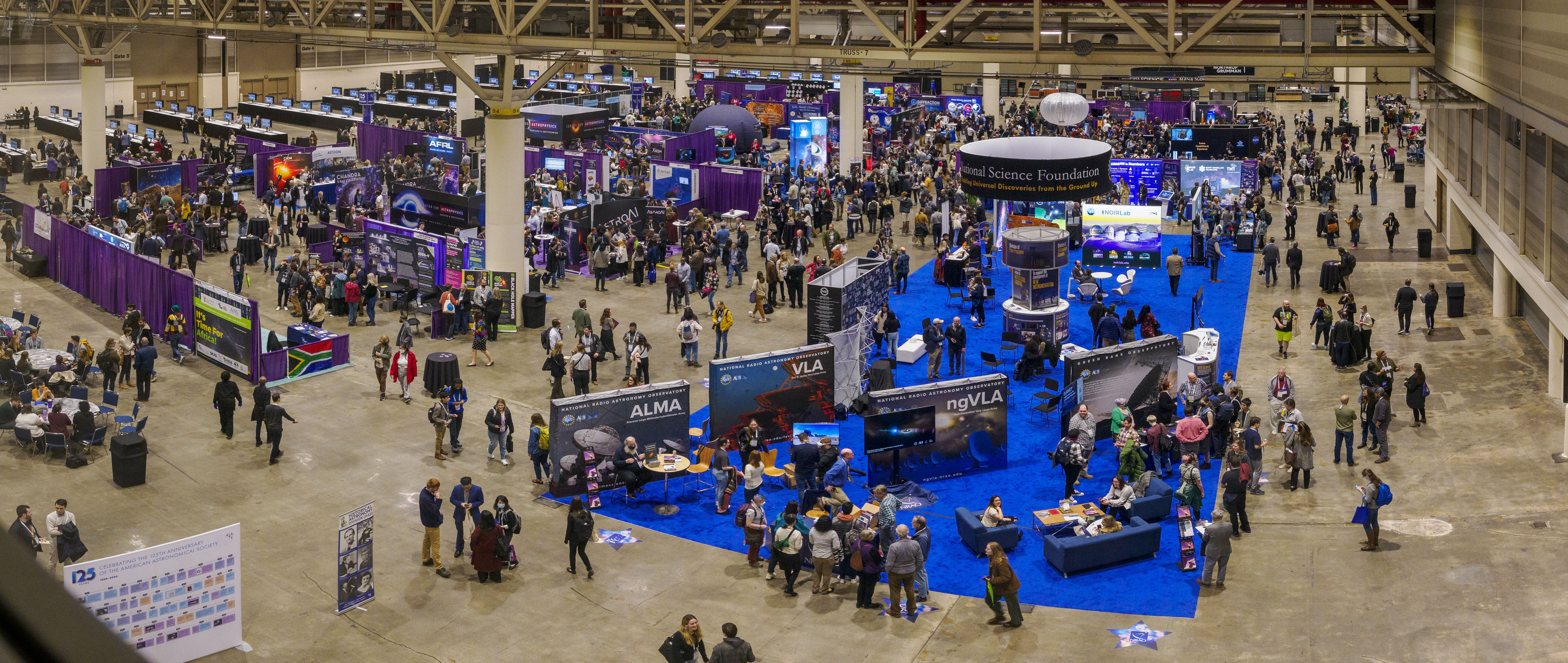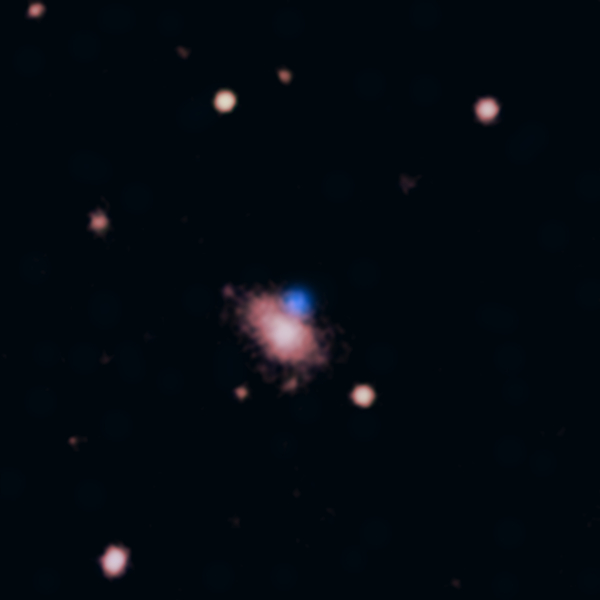AUI will present at the 247th meeting of the American Astronomical Society in Phoenix from January 4-8.
We Make Scientific Breakthroughs Possible

The Infrastructure of Discovery Doesn’t Happen Overnight — We Can Help
We transform ideas into technologies, laboratories and policies that initiate, inform and inspire. For over seven decades, AUI has developed specialized expertise in science, engineering, technology and cyber security to enable greater impact. Uniquely positioned, we combine exceptional operations management with collaborative community engagement, drive innovation and affect lasting change within organizations.
Experts at Managing Complexity
We create an environment where innovation, imagination and people thrive. Even in the harshest desert terrain, discovery flourishes at ALMA Observatory, where AUI has led an international partnership with Europe, Canada, Japan, South Korea, Taiwan and Chile. The $1.4 billion project is a monumental achievement for space exploration and collaborations.
Recent News
ALMA Helps Unmask Monster Black Hole Behind Record-Breaking Cosmic Burst
Astronomers have used the Atacama Large Millimeter/submillimeter Array (ALMA) together with a suite of space- and ground-based telescopes, to study AT 2024wpp, the most luminous fast blue optical transient (LFBOT) ever observed.
Astronomers Make First Radio Detection of Rare Supernova Type, Revealing Secrets of Stellar Death
Astronomers using the U.S. National Science Foundation Very Large Array have captured the first-ever radio signals from a rare class of stellar explosion known as a Type Ibn supernova.






